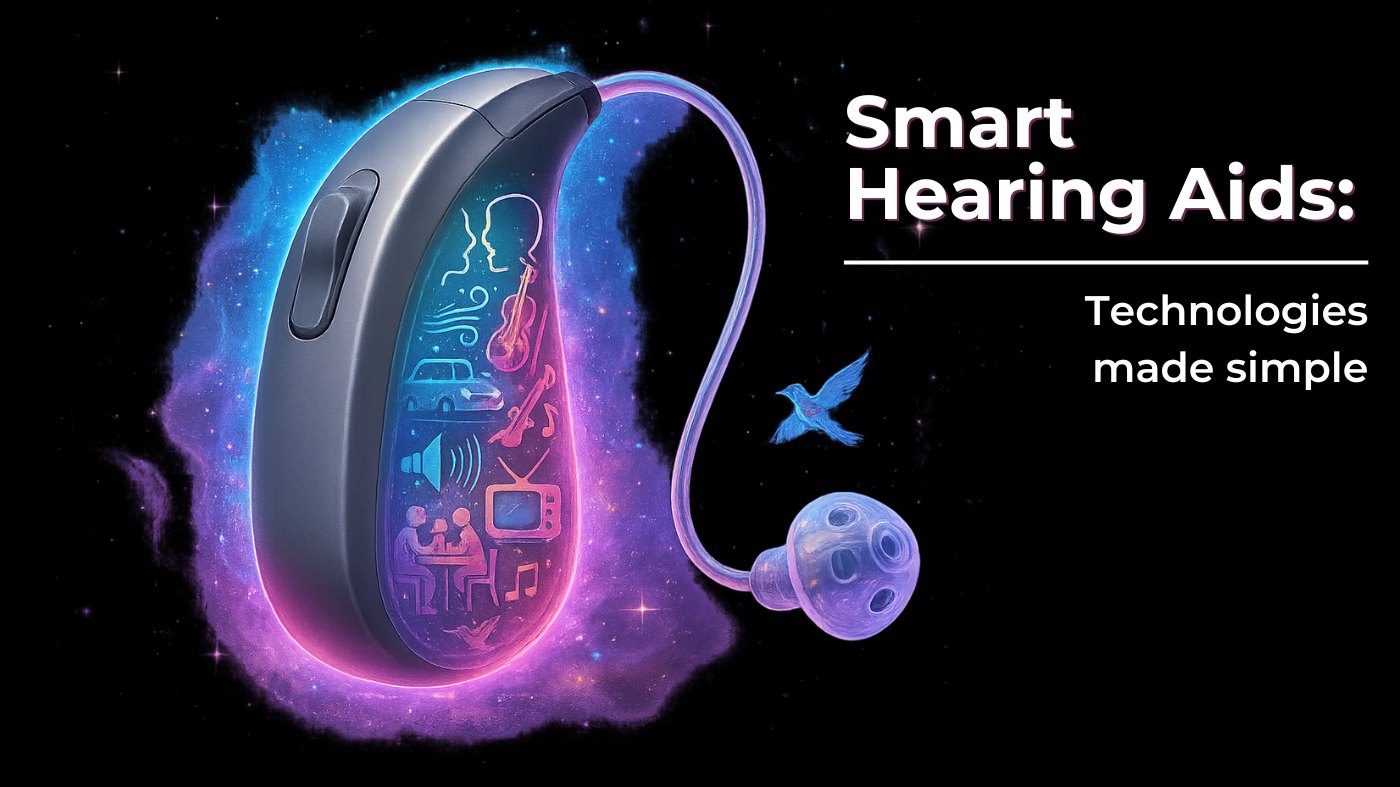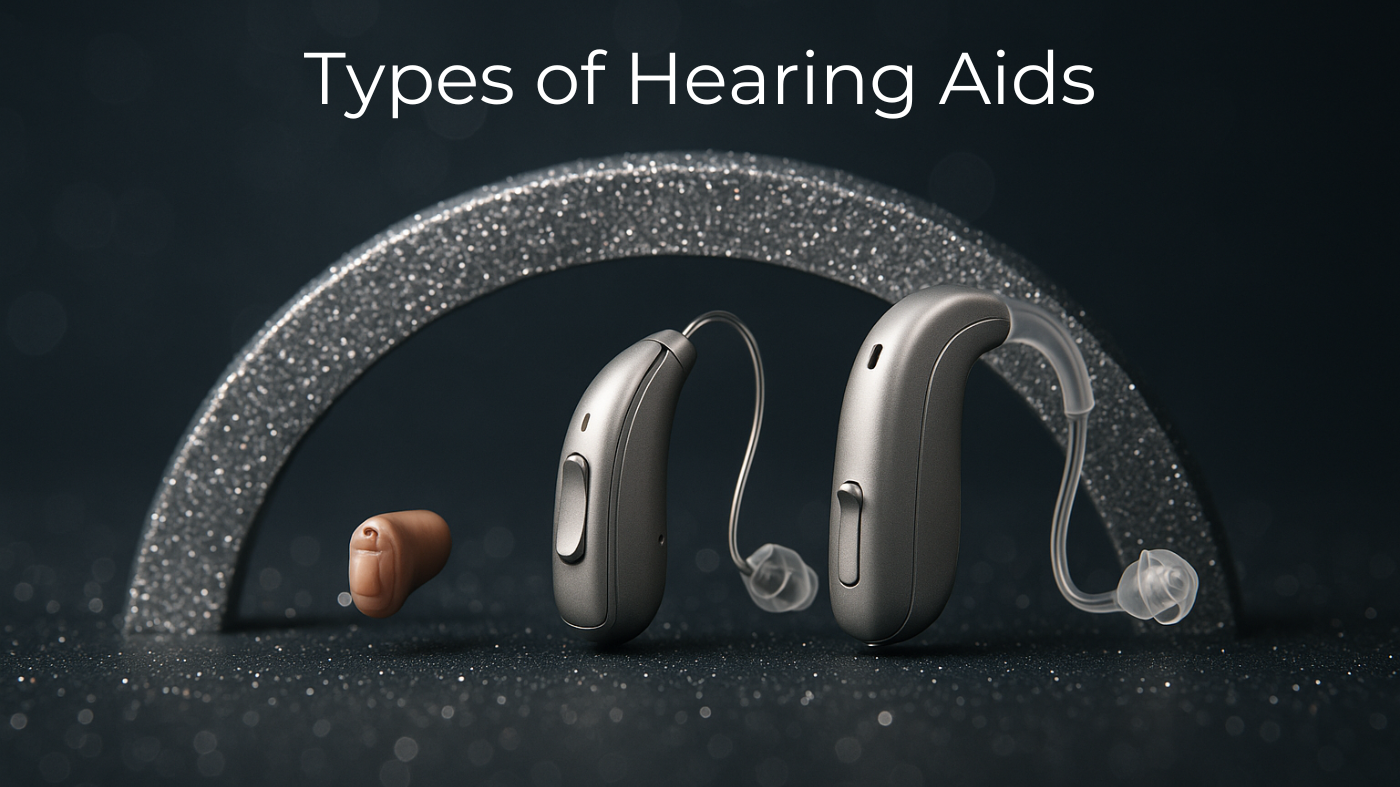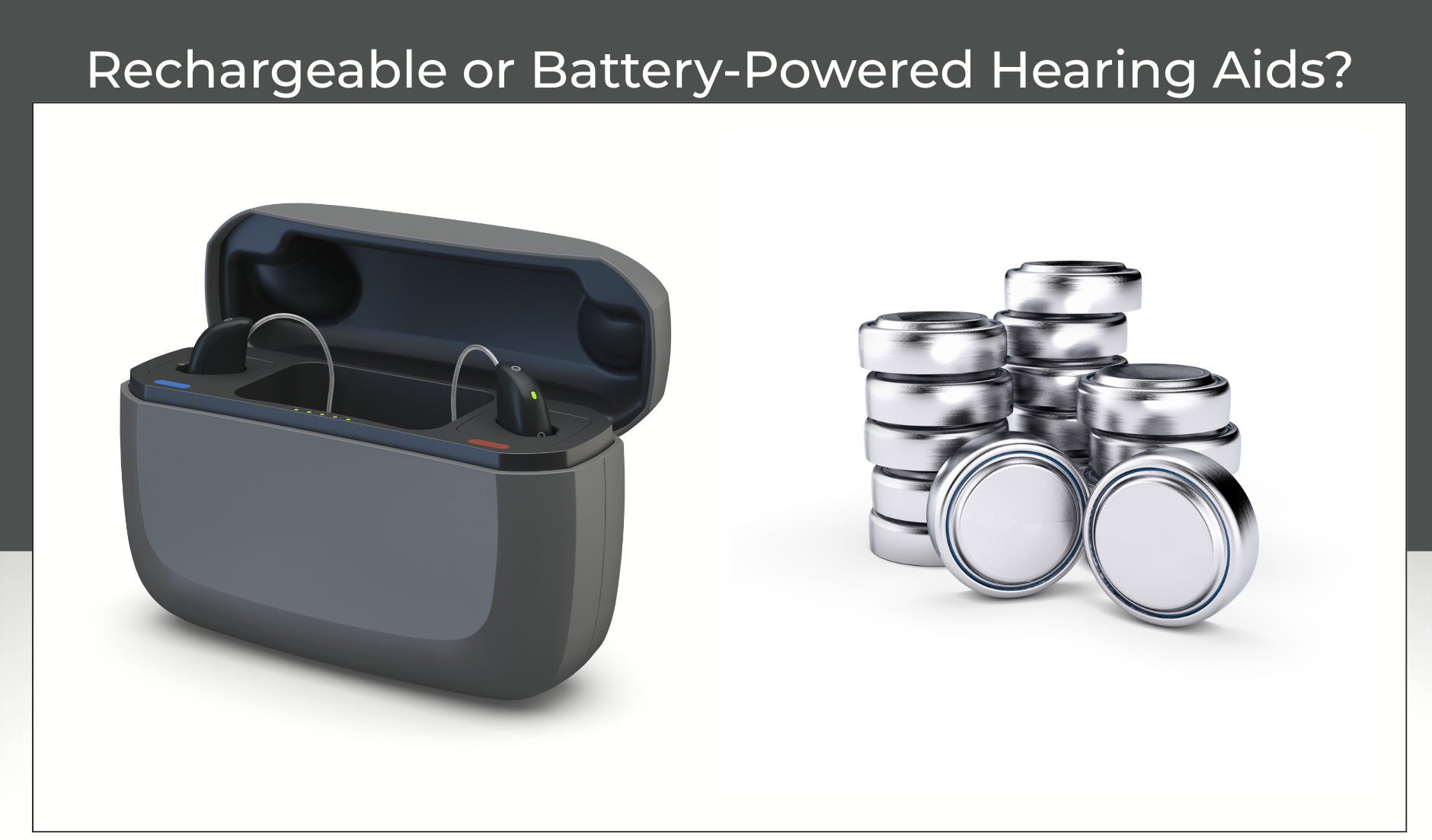
Rechargeable vs Battery Hearing Aids: 6 Key Factors to Help You Decide
Rechargeable hearing aids have quickly become a popular choice. But is all the hype justified? Are rechargeable models right for everyone?
In this guide, we’ll walk you through 6 important factors to consider when deciding rechargeable vs battery hearing aids.
Table of contents
1. How Easy Should It Be to Use?
Battery-powered hearing aids:
- Hearing aid batteries are quite small.
- Changing them can be tricky if you have limited finger dexterity.
- They need to be replaced every 3–7 days.
- You have to open and close a small compartment to turn the device on or off.
Rechargeable hearing aids:
- Just place the devices into the charger – that’s it.
- Charging starts and stops automatically.
- Devices turn off when inserted into the charger, and turn on again when removed.
- No switches, buttons, or flaps to deal with.
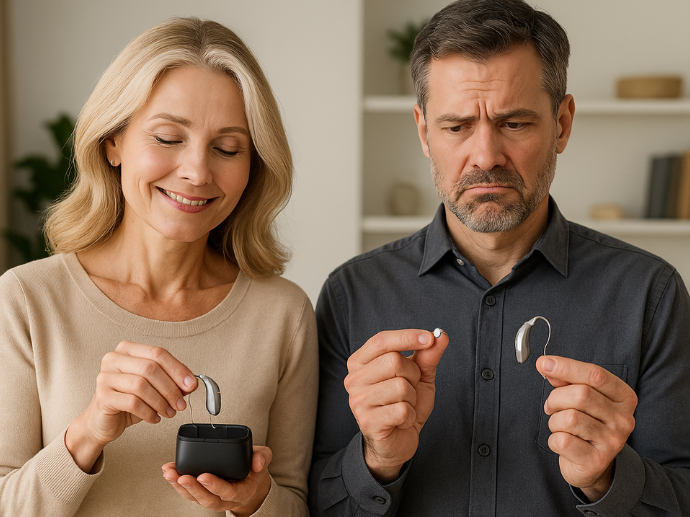
Bottom line: If simplicity and ease of use are important to you, rechargeable hearing aids are the clear winner. The batteries are built into the device, and all you need is the charging dock. Just place the devices into the charger at night – they power off automatically and begin charging. In the morning, take them out and they switch back on. No buttons, no hassle.
With battery-powered hearing aids, you’ll need to manually open the battery door every time you take them off. That prevents unnecessary power drain but adds another daily step. The flap mechanism can wear out over time, and changing the battery – especially tiny ones in small devices – can be fiddly. You might need to do it over a table in case it drops. And batteries need to be changed every few days, which can get tedious.
2. How Durable Should Your Hearing Aid Be?
Battery-powered devices have a small compartment door that’s opened and closed multiple times a day – leading to mechanical wear and tear. If the battery compartment breaks, it often means the whole housing has to be replaced. The opening also allows moisture and dust to get in, increasing service needs. Plus, batteries don’t like the cold – in freezing temperatures, they may temporarily stop working.
Rechargeable devices are typically fully sealed. There’s no battery door, which means fewer moving parts and less wear. Dust and moisture have a harder time getting in, and the risk of damage is lower. Cold weather only affects the battery performance at temperatures below –10°C (14°F), which is rarely an issue in most climates. The charging station, however, is more sensitive – it works best between +5°C and +40°C (41°F to 104°F).
If a rechargeable battery ever needs replacement, a professional will usually need to do it – but that’s only after about five years. Some brands like Oticon and Bernafon allow battery changes directly at the hearing clinic.
3. How Much Flexibility Do You Need?
Rechargeable hearing aids provide enough power for a full day, as long as you charge them overnight. It’s very rare for them to run out during the day if you stick to a routine. That makes them extremely practical.
Battery-powered hearing aids give you full independence from electricity. If you’re camping or traveling off-grid, you won’t need a power outlet – just carry spare batteries. Some chargers come with a built-in power bank, which gives you a few extra days of freedom but still requires packing the unit.
Size matters too: Rechargeable models need a bit more space for the battery, but are still compact and comfortable. If you want the smallest possible hearing aid (like invisible-in-canal), battery-powered models might be the better fit – though they require more frequent handling and battery changes (roughly every three days).
4. How Often (and How Long) Will You Use Your Hearing Aids?
If you stream a lot – phone calls, music, or TV audio – rechargeable hearing aids are ideal. Their batteries can handle multiple hours of streaming and still last all day.
With battery-powered devices, frequent streaming drains the battery faster, meaning more frequent replacements. That can get frustrating if you use streaming features daily.
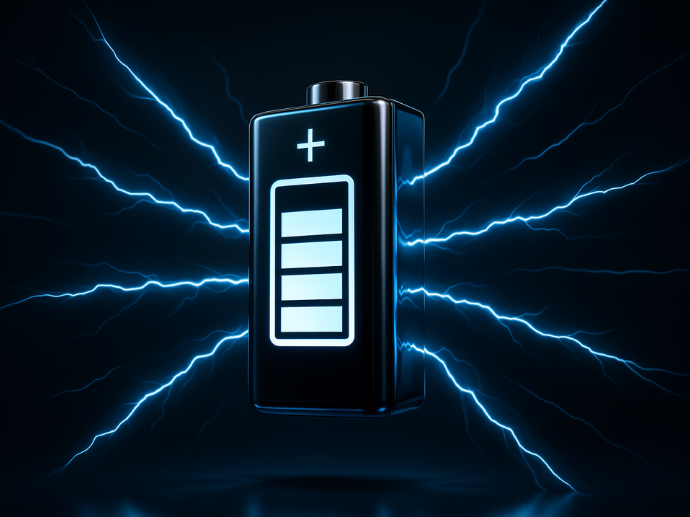
Hearing aid remote controls are often battery-powered too – but since they’re used only briefly, their batteries last for years. In that case, a built-in rechargeable battery wouldn’t make much sense.
5. Rechargeable vs battery hearing aid: How Important Is Environmental Impact?
Both batteries and rechargeable batteries contain environmentally harmful materials and must be disposed of as hazardous waste – never in household trash.
Rechargeable hearing aids:
- Not disposable – they can be recharged up to 2,000 times.
- Much less waste over the product’s lifetime.
Battery-powered hearing aids:
- Use disposable batteries.
- These need to be thrown away after just a few days.
- That means more frequent purchases and more waste.

Conclusion: Rechargeables clearly produce less waste over time and are the more environmentally friendly choice.
6. What About Costs?
Battery-powered hearing aids:
- Batteries are cheap individually but add up over time.
- Some providers offer affordable battery bundles.
- You’ll need to change batteries every few days.
Rechargeable hearing aids:
- The battery usually only needs replacement once in the device’s lifetime.
- The charging station often costs extra up front.
- Some hearing aid models are a bit more expensive than their battery counterparts.
- Occasionally, providers run promotions that include the charger for free.
Overall: In the long run, total costs for both systems tend to even out – especially if you factor in service plans or repair coverage that includes battery replacements.
Choosing between rechargeable and battery-powered hearing aids comes down to your lifestyle, preferences, and priorities.
Ask yourself: Do you value convenience, low maintenance, and eco-friendliness? Or do you need maximum independence and a smaller device?
👉 Compare types of hearing aids here.
👉 Discover Bluetooth hearing aids.
About the author
-
Smart Hearing Aids: The Technologies That Define Modern Devices in 2025
Smart hearing aids are no longer just amplifiers – they’re miniature marvels of high tech. Today’s models pack more computing power than the first lunar lander. Best of all: they don’t just serve your ears – they enhance your overall quality of life. Most of the features described below are now standard in many devices.…
-
Rechargeable vs Battery Hearing Aids: 6 Key Factors to Help You Decide
Rechargeable hearing aids have quickly become a popular choice. But is all the hype justified? Are rechargeable models right for everyone? In this guide, we’ll walk you through 6 important factors to consider when deciding rechargeable vs battery hearing aids. 1. How Easy Should It Be to Use? Battery-powered hearing aids: Rechargeable hearing aids: Bottom…
-
Types of Hearing Aids: Which One Is Right For You?
If you’re researching hearing solutions, you’ve probably come across several different types of hearing aids – like BTE, ITE, RIC, or CIC. But what do these terms mean, and how do you know which style is best for your needs? This guide explains the most common hearing aid types in simple, practical terms – with…


